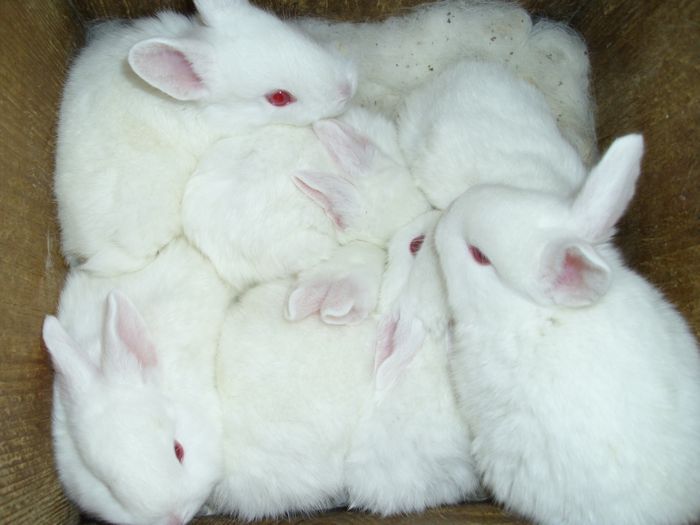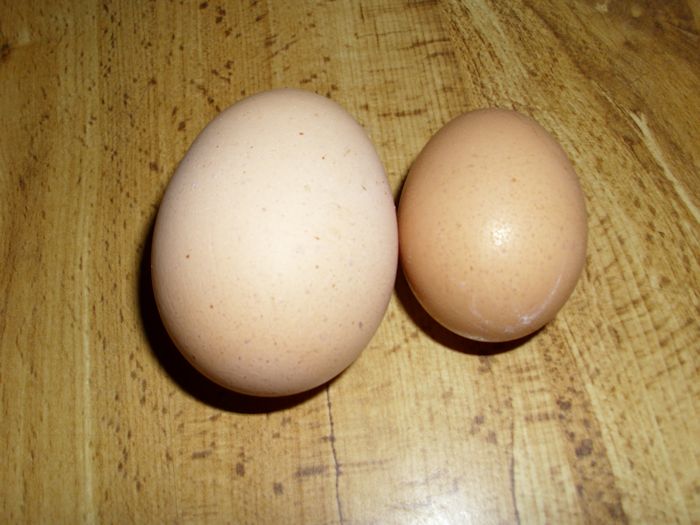Chickens can become broody at times. A broody chicken is one that wants to raise a brood of chicks. Nature tells her that she’s supposed to have a number of babies to raise. If you actually want to raise chicks, you’ll want to ensure that hens have access to a rooster when they become broody, but this isn’t the normal need when working with chickens for the purpose of laying eggs.
There are some broody behaviors that are very obvious, such as the hen raising up her bottom on a nearly constant basis. She’ll also sit in the nest box for hours on end, even if there are no eggs in the nest box. This particular behavior is the same one that you see when chicken has an egg stuck up inside her, but she’ll look quite healthy, rather than sick. Less tame chickens may bite or try to prevent you from getting the eggs in the nest box because she thinks they’re fertile. Broody hens will also make a growling-like noise or shriek at you when you approach. The better the mother, the more fiercely she’ll guard those eggs through various behaviors. Henderson’s Chicken Breed Chart will tell you how often your chickens are likely to become broody.
The point to make here is that broodiness is a natural behavior. The hen isn’t going out of her way to be mean to anyone. There is no hate message involved in this. Broody behavior happens most often in the spring because that’s when chickens naturally start to raise chicks, but it can happen at any time. The broody behavior normally lasts for two weeks, but it can be more or less time depending on the hen. When a hen is broody, she may stop laying eggs because hormones tell her that she’s going to be raising chicks and that the eggs aren’t needed. Because of this change in productivity, most people want to change a broody hen’s behavior.
A number of sites that we looked at recommended that you lock the broody hen in a cage away from the other chickens for a period of several days in order to break the behavior. This is an unnatural and cruel way to break the broody behavior. Chickens are exceptionally social animals and locking one away from the others is a terrible way to break the behavior. We’re finding that picking the chicken up and removing her from the coop to be with her compatriots in the run works better. Give her a special treat (we’ve found that mealworms are especially appreciated) to help give her a reason to stay outside. Petting her and telling her that she’s a good chicken in a soothing voice is also helpful. The point is to work with that social behavior to get her past the broody behavior.
Dealing with broody behavior is something that you really do want to do, but take your time and realize that it’s going to require a day or two of working with the hen to accomplish the task. Let me know your thoughts on broody behavior at [email protected].


